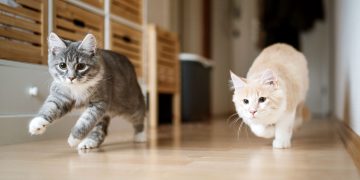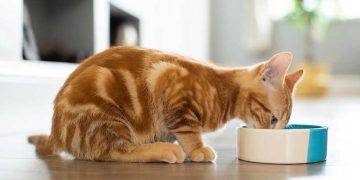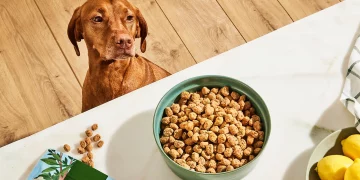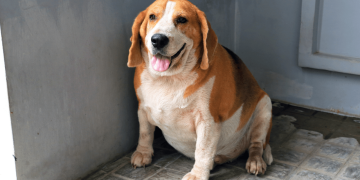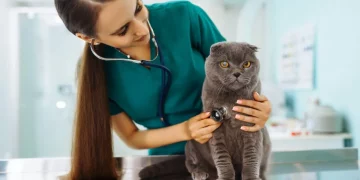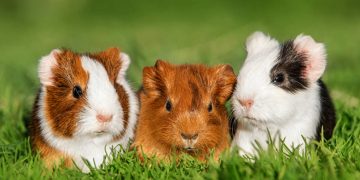Feeding your Manx cat is more than just providing them with food—it’s about offering them the right nutrients in the correct balance to promote their overall health and well-being. The Manx breed, known for its distinct appearance and personality, also requires specialized care when it comes to feeding. From their nutritional needs to specific dietary considerations, this guide will provide you with everything you need to know about feeding your Manx cat.
1. Understanding the Unique Nutritional Needs of Manx Cats
The first step in providing the best nutrition for your Manx cat is understanding their unique dietary requirements. While all cats are obligate carnivores, meaning they require meat to thrive, Manx cats may have additional considerations based on their size, activity level, and genetic predispositions.
1.1. The Role of Protein in a Manx Cat’s Diet
- Why Protein is Crucial: As obligate carnivores, protein is the most important nutrient in a Manx cat’s diet. It is required for muscle development, immune system health, and energy. Protein should come primarily from animal sources, such as chicken, turkey, beef, or fish.
- Protein Sources: Look for high-quality cat food where the first ingredient is real meat. Avoid foods with by-products or fillers that may not offer the same nutritional value.
1.2. Fat: An Essential Nutrient for Energy
Fat is an important source of energy for Manx cats, especially for active cats or those living in cold climates. Fats also support skin health, coat quality, and overall cell function.
- Healthy Fats: Manx cats need omega-3 and omega-6 fatty acids in their diet. These essential fatty acids come from fish oil, flaxseed, and other animal fats. Omega-3 fatty acids are especially beneficial for reducing inflammation and promoting cognitive function.
- Fat Requirements: The right balance of fat in the diet is important for maintaining a healthy weight. A fat percentage of around 20-30% in dry food and 5-8% in wet food is usually ideal for most Manx cats.
1.3. Carbohydrates: A Source of Energy, but in Moderation
While cats are obligate carnivores and don’t need carbohydrates in the same way that humans or dogs do, small amounts of carbohydrates can still be part of a Manx cat’s diet. They are often used in cat food as a binder, but it’s essential to ensure that carbohydrates do not make up the majority of the food.
- Complex Carbohydrates: Sweet potatoes, peas, and rice are good sources of carbs that provide fiber and slow-release energy. However, avoid foods with a high percentage of simple sugars or excessive fillers, like corn or soy.
1.4. Vitamins and Minerals: Supporting Overall Health
Just like all cats, Manx cats need a variety of vitamins and minerals to support their bone health, skin, coat, and immune system. These nutrients should ideally come from high-quality animal-based ingredients.
- Essential Vitamins: Vitamins A, D, and E are especially important for vision, bone health, and immune function. Vitamin A, which is found in liver and fish oils, is essential for maintaining healthy skin and eyesight.
- Minerals: Calcium and phosphorus are crucial for bone health, while taurine (an essential amino acid) plays a vital role in heart function, vision, and reproduction.
2. Choosing the Right Food for Your Manx Cat
Manx cats can be fed a combination of dry food, wet food, or raw food, depending on your preferences and your cat’s specific needs. Below are the pros and cons of each option, along with advice on how to select the right food.
2.1. Dry Food (Kibble)
Dry food is one of the most popular feeding options due to its convenience, long shelf life, and cost-effectiveness. However, it’s important to choose a high-quality dry food to ensure your Manx cat is getting the right nutrients.
- Pros:
- Convenient and easy to store.
- Helps with teeth cleaning due to its crunchiness.
- Less expensive than wet food.
- Cons:
- Can be high in carbohydrates, which can contribute to obesity and urinary tract issues.
- May lead to dehydration if your cat doesn’t drink enough water.
Choosing Dry Food for a Manx Cat:
- Ensure that the food has animal protein as the primary ingredient.
- Look for a balanced fat-to-carbohydrate ratio.
- Avoid foods with fillers such as corn, wheat, or soy.
2.2. Wet Food (Canned Food)
Wet food is often recommended for its higher moisture content, which can help keep your Manx cat hydrated, especially if they don’t drink a lot of water. It’s also typically more palatable for cats and provides a good source of protein.
- Pros:
- High moisture content helps with hydration.
- More flavorful and often preferred by picky eaters.
- Less likely to contribute to urinary tract issues than dry food.
- Cons:
- Shorter shelf life once opened.
- More expensive than dry food.
Choosing Wet Food for a Manx Cat:
- Look for foods that list high-quality animal protein as the first ingredient.
- Avoid foods that contain excessive grains or artificial preservatives.
- Choose wet food that’s rich in essential fatty acids, which contribute to a shiny coat.
2.3. Raw Food Diet (BARF – Biologically Appropriate Raw Food)
Some cat owners choose to feed their cats a raw food diet, believing it’s closer to what cats would eat in the wild. This diet typically includes raw meat, organs, and bones, as well as other whole food ingredients like vegetables and eggs.
- Pros:
- Closely mimics a cat’s natural diet.
- Provides high levels of protein and essential nutrients.
- May improve coat quality and reduce allergens in some cats.
- Cons:
- Time-consuming and requires careful preparation to ensure it’s nutritionally balanced.
- Raw meat can carry the risk of bacterial contamination (like salmonella or E. coli).
Choosing Raw Food for a Manx Cat:
- Consult with a veterinarian or pet nutritionist to ensure the diet is balanced and includes all the necessary nutrients, including taurine, omega fatty acids, and vitamins.
- If feeding pre-prepared raw food, look for reputable brands that meet safety standards and nutritional guidelines.
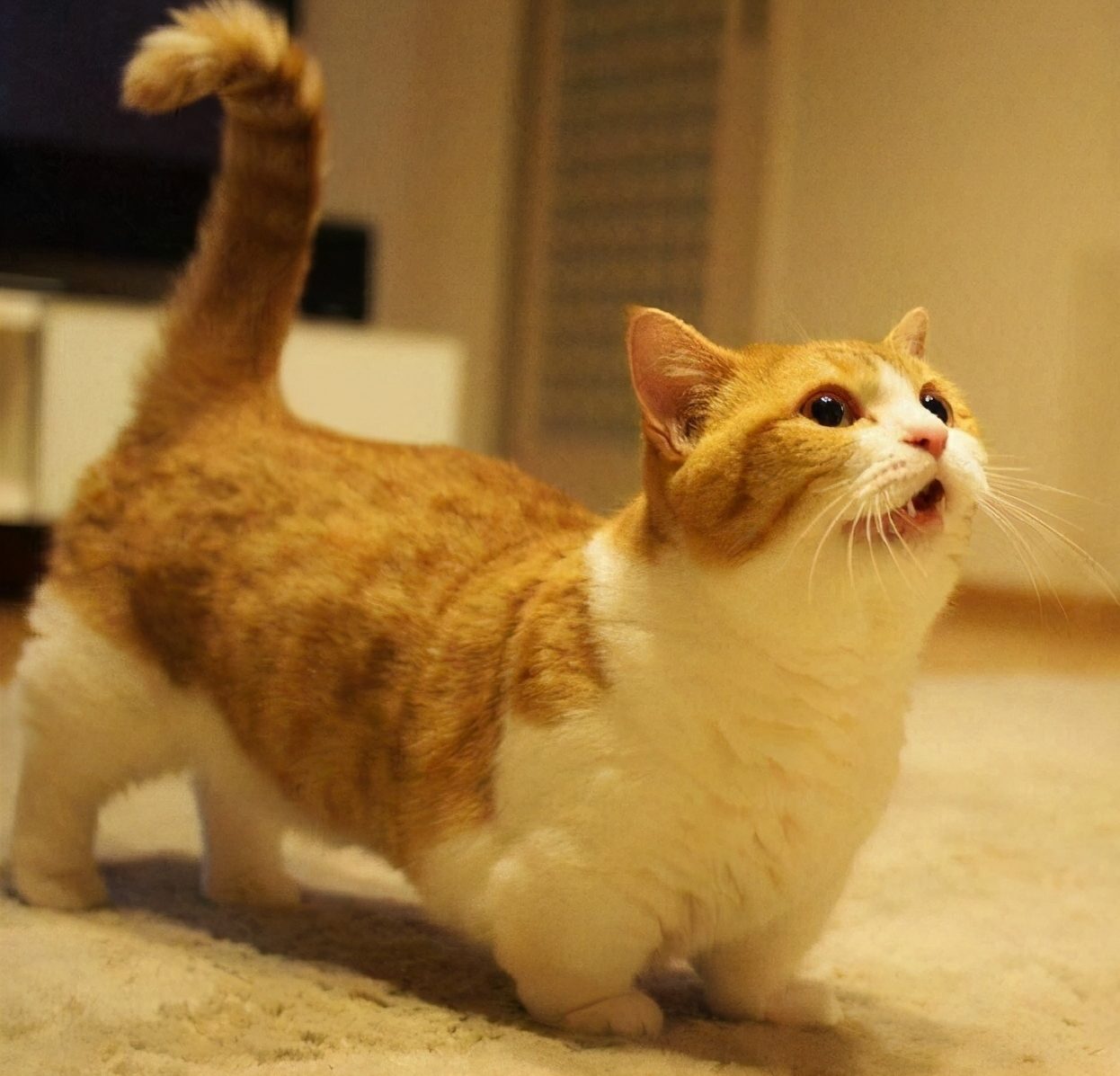
3. How Often Should You Feed Your Manx Cat?
Feeding frequency is an essential part of your Manx cat’s diet. Cats, including Manx cats, are habitual eaters, so setting a consistent feeding schedule is key to maintaining their health and preventing obesity.
3.1. Kittens (0-6 Months)
Kittens require a lot of energy for growth and development. They should be fed more frequently than adult cats, typically around 4 times a day.
3.2. Adult Manx Cats (6 Months and Older)
Once your Manx cat reaches adulthood, you can transition to feeding them twice a day. It’s essential to monitor their weight and adjust the portion sizes to prevent overfeeding.
- Portion Control: Adult cats should typically consume around 20 calories per pound of body weight per day. However, this can vary based on your cat’s activity level, metabolism, and whether they are spayed or neutered.
- Measuring Food: To avoid overfeeding or underfeeding, it’s essential to measure the food accurately. Using a kitchen scale or measuring cups can help you provide the right amount of food for your Manx cat.
3.3. Senior Manx Cats (7+ Years)
Senior cats may require a specialized diet to meet their changing nutritional needs, particularly for joint health, digestion, and weight management. You may need to adjust their food intake or switch to senior-formulated foods.
- Monitor Health: Regular vet check-ups are crucial to monitor any age-related health concerns, such as kidney disease or arthritis. Adjust the diet as necessary based on your vet’s recommendations.
4. Feeding Special Considerations for Manx Cats
While Manx cats have the same basic dietary needs as other cats, there are a few breed-specific considerations to keep in mind when feeding them.
4.1. Potential Health Issues
Manx cats are known to have certain genetic predispositions that could affect their dietary needs. These include:
- Manx Syndrome: This condition, linked to the taillessness of the breed, can lead to spinal deformities. While this doesn’t directly impact diet, cats with Manx Syndrome may have specific mobility challenges that require more careful management of their weight.
- Urinary Tract Issues: Manx cats are sometimes prone to urinary tract problems, including crystals and infections. Providing a wet food diet can help maintain hydration and reduce the risk of urinary issues.
4.2. Obesity Prevention
Obesity is a common concern in domestic cats, including Manx cats, due to overfeeding or lack of exercise. To prevent obesity, feed your Manx cat measured portions, avoid free-feeding, and ensure they get enough physical activity.
5. Conclusion: The Key to a Happy, Healthy Manx Cat
Feeding your Manx cat requires a well-balanced diet, portion control, and regular attention to their health needs. By choosing the right type of food, feeding on a regular schedule, and considering their breed-specific needs, you can help ensure that your Manx cat stays healthy, happy, and active for many years to come.
Remember that every cat is unique, and what works for one may not work for another. Always consult with your veterinarian to ensure that your Manx cat’s diet meets their specific health requirements.






